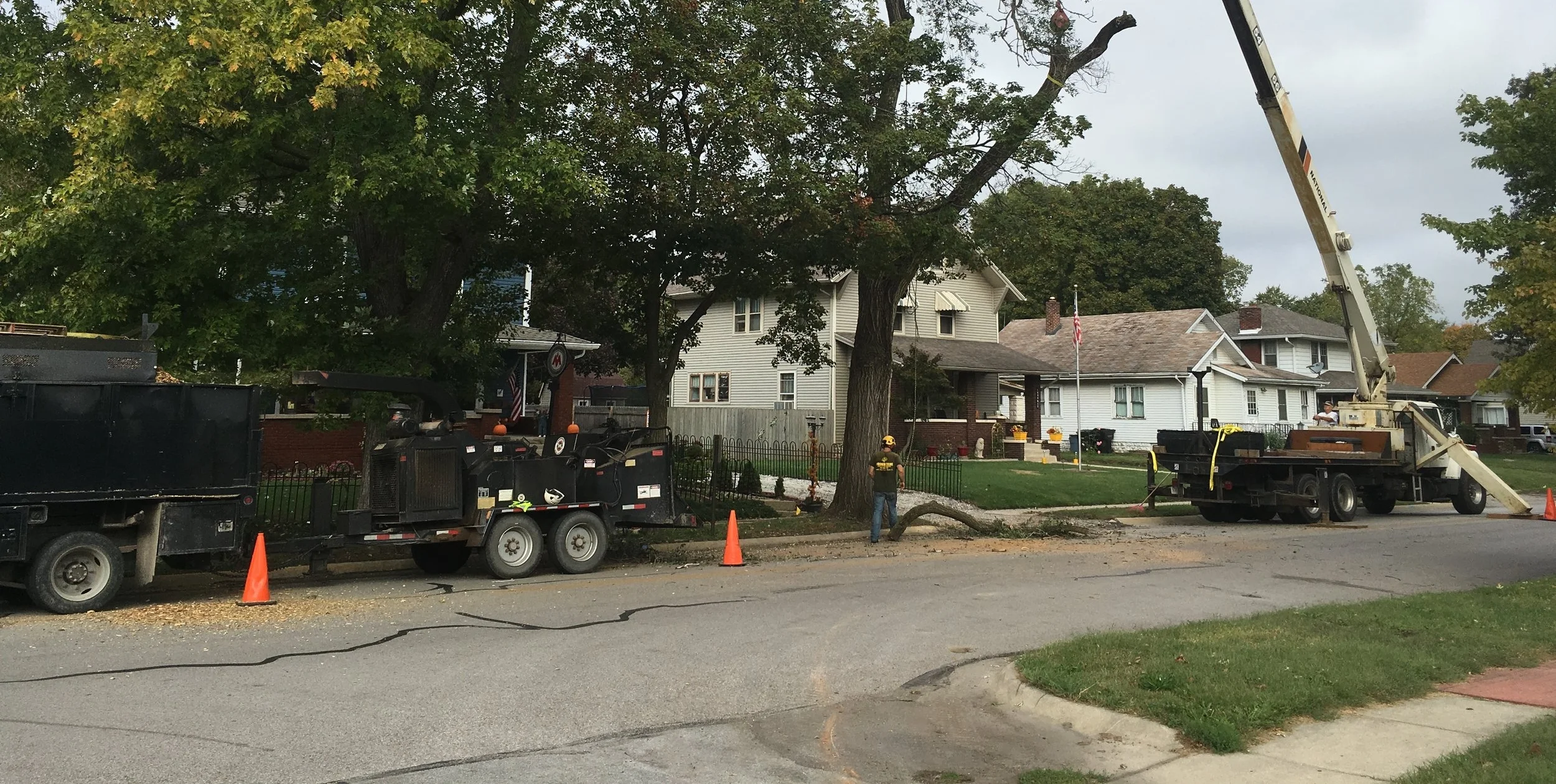Spring Tree Care Tips
/There are several important steps to take when caring for your trees and landscape shrubs. Pest management and Spring pruning are on the top of the list. “Spring is a wonderful time of year, when everything around us is bursting to life. This, of course, includes pesky insects that have it out for your trees. As the weather warms up, pests come out of the woodwork, so to speak, and you’ll want to know what signs to look for. When trees are stressed after a long winter, they are especially susceptible to attack.” (Arbor Day) “Spring is a good time to consult a professionally trained arborist to inspect your trees and shrubs for unusual pest activity.” (The Care of Trees)
“Spring is [also] a good time to prune out any frost damage to your trees and other plants, which may have occurred from the harsh winter. In spring, you can prepare your yard for summer landscaping by thinning or removing deadwood and/or removing the unwanted parts of your existing landscaping. This will help prevent damage to any new landscaping.” (The Care of Trees) If your trees are in need of more intensive pruning, make sure you leave it up to the professionals. Follow these two important steps and your trees will provide you with beautiful shade for years to come.
Browning Tree Service is a proud member of Indiana Arborist Association and International Society of Arboriculture, serving the West Lafayette and Lafayette, Indiana area!
Resource:
https://arbordayblog.org/treecare/common-tree-pests-and-how-to-spot-them/
http://www.thecareoftrees.com/my-tree-concerns/seasonal-frequently-asked-questions/spring/










